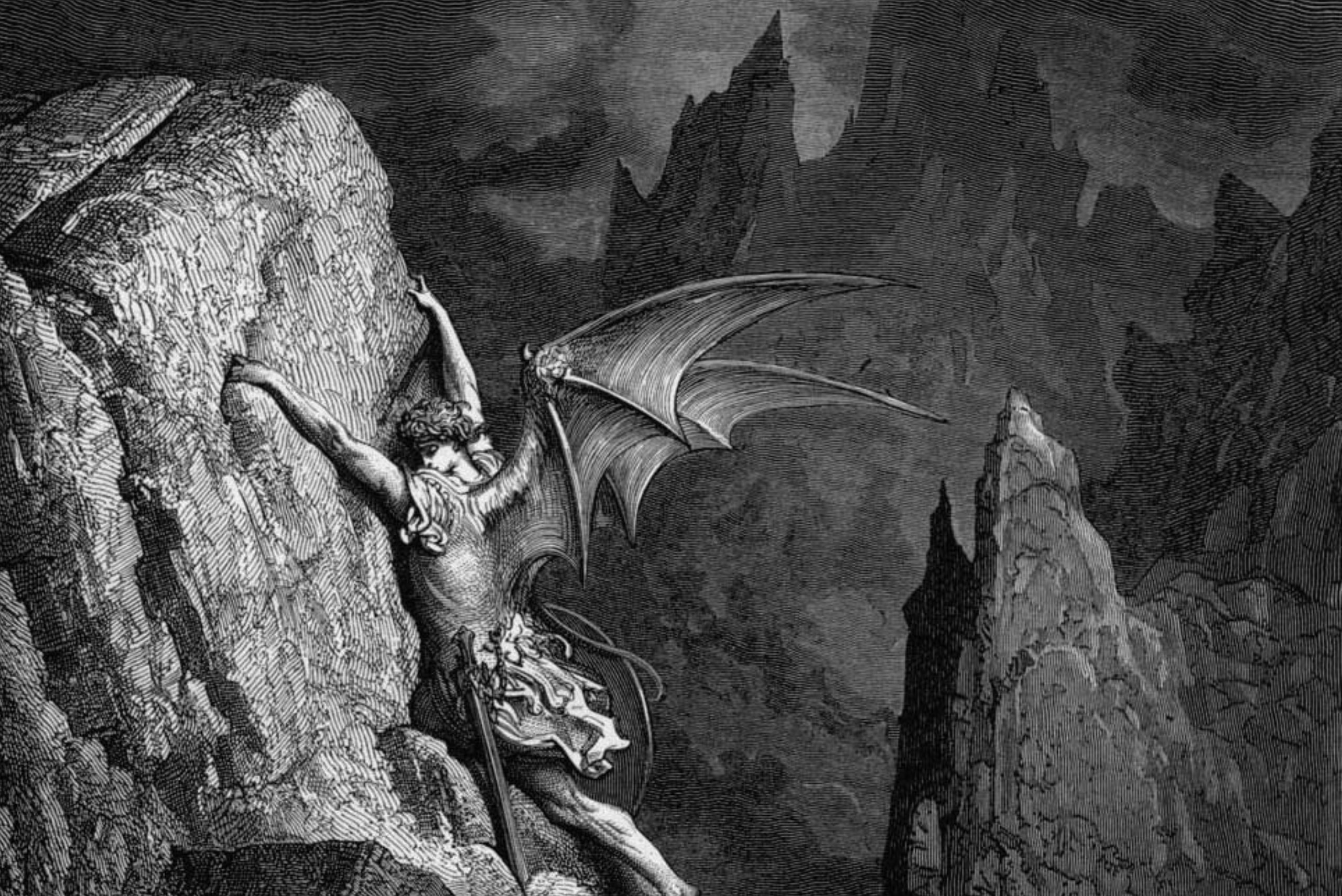
This homage to Saint Patrick is derived from my biography, Saint Patrick (Thomas Nelson Publishers, 2010)
Patrick lived at the end of the world. A Roman citizen, he was born and raised in Britain, the northern- and westernmost extremity of a Roman empire that extended (overextended, as it turned out) south to Africa and east to the Tigris and Euphrates.
I often run across people who are convinced that our culture is running hard toward rack and total ruin, but any sense of cultural doom that keeps you up at night is nothing to what a Roman Briton of Patrick’s era must have felt. The exact date of Patrick’s birth is unknown, but he was probably born within a decade of 410 AD, the year the Vandals sacked Rome. That same year the Emperor Honorius sent a letter to the cities of Britain putting them on notice that they were officially on their own; they could expect no more help from Rome. The letter was only a formality. The Roman army had withdrawn from Britain three years earlier; the Roman Britons were keenly aware of the fact that they were on their own.
Patrick’s real name—his Roman name—was Patricius, as in patrician, noble-born. A scion of a wealthy family, he grew up in a Roman villa, surrounded by British barbarians (the island was never very Romanized), who were themselves surrounded by Irish barbarians, Scottish barbarians, and Angles, Saxons, and Jutes on the continent. At the beginning of the fifth century, these barbarian tribes saw significant Roman wealth in Britain and no Roman army to protect it. You can probably guess what happened next.
Patrick was a teenager when Irish pirates kidnapped him, brought him back to Ireland, and sold him as a slave. He spent six years tending his owner’s sheep, often in very harsh conditions. Though he grew up in a Christian home (his father was a deacon and his grandfather was a priest in the Roman church), it was in the spiritual isolation of his Irish captivity that Patrick began to own his faith. He wrote, “I used to stay out in the forests and on the mountain and I would wake up before daylight to pray in the snow, in icy coldness, in rain, and I used to feel neither ill nor any slothfulness, because, as I now see, the Spirit was burning in me at that time.”
Six years into his slavery, Patrick heard a voice in the night suggesting that it was time to leave Ireland, so, to borrow a phrase from Raising Arizona’s Evelle Snoats, he released himself of his own recognizance. Through much hardship he made his way back to his family in Britain.
It was a joyous reunion. But Patrick hadn’t been home long when he had another dream-vision, in which he heard the voice of the Irish people saying, “We beg you, holy youth, that you shall come and shall walk again among us.” You may not be surprised to hear that his family was not happy when he told them that he intended to return to the island where he had been a slave and preach the gospel to the people who had enslaved him.
After a few years training as a priest, Patrick got himself appointed to a post in Ireland and spent the rest of his life there. He didn’t actually “bring” Christianity to the island. There was a small Christian population when he got there. Patrick, after all, was one of thousands of Roman Britons who had been carried off to Ireland by pirates and raiders, and many of those people would have been Christians. Those Christians began to have families; no doubt they converted some of their Irish neighbors. On top of that, merchants and sailors coming back and forth from the Continent and Britain may have added to the small population of Christians in Ireland. In any case, by 431 AD, there were enough believers in Ireland that Pope Celestine gave them their own bishop, a man named Palladius. So not only was Patrick not the first Christian in Ireland; he wasn’t even the first bishop.
Nevertheless, Patrick was immensely important in the spread of Christianity through Ireland. When his superiors sent him to Ireland, they were sending him to minister to the Christians who were already there, not to convert the barbarians. His insistence on reaching out to the pagans kept him in constant trouble with Church authorities. One Church official in Patrick’s time asked, “What place would God have in a savage world?” Another wrote “How could the Christian virtues survive among barbarians?”
By Patrick’s time—a century or so after Emperor Constantine gave official sanction to the Christian religion—a de facto orthodoxy had emerged that conflated Christianity with Roman civilization in much the same way that first-century Jewish Christians assumed that Christian practice would and should be shaped by Jewish cultural mores. By the end of the fourth century, the Church was as big as all the empire—but, it appeared, no bigger. It wasn’t obvious whether, in this close association between Church and state, the Church had conquered the empire, or the empire had conquered the Church. As the Empire began to crumble, the Church took on an even more important cultural role. In Britain, as in many parts of Northern Europe where the civil structures of Roman authority had evaporated, the Roman Church was the only significant Roman institution left.
In reaching out to the heathens of Ireland, Patrick was up against not only the hostility of the Irish themselves, but the hostility of his own Church. But the very thing that drove his superiors crazy is what the Irish loved about him. In bringing them the gospel, this Roman Briton left their Irishness intact. He was making Christians, not Romans. In the Western tradition, at least, the Irish were the first people ever to submit to Christianity without first submitting to the Roman Empire.
We could hardly overestimate the uniqueness of Patrick’s work among the Irish. As a pioneering missionary, his only real precedent was the apostle Paul. When Patrick took it upon himself to make disciples among the Irish, he became, so far as we know, Western Christendom’s first missionary to the world beyond the bounds of the Roman Empire. Paul’s journeys were an astonishing achievement, but even Paul never ventured beyond the empire of which he was a citizen. For that matter, Paul’s travels rarely took him even a hundred miles away from the Mediterranean Sea, the center of the Roman world. In reconciling Jew and Greek, Paul already had his work cut out for him; the barbarians hardly figured into the equation for him. For Patrick to reach out to the barbarians as he did was almost as radical as Paul’s outreach to the Gentiles.
So raise a glass of green beer to St. Patrick, patron saint of the Emerald Isle and, more importantly, a man who loved the gospel enough to rebel against his culture–and in doing so changed the world.








April McStew
Jonathan- I’ve been rereading your book in these days leading up to St. Pat’s Day. I’ve been very grateful for it. Thanks for this distillation; it’s perfect to share with people who have gotten tired of listening to me talk about your fascinating book.
Michelle
Patrick has long been one of my heroes. I’ve really enjoyed several books on his life, including St. Patrick of Ireland by Philip Freeman and How the Irish Saved Civilization by Thomas Cahill. I’ll definitely have to add your work to my collection!